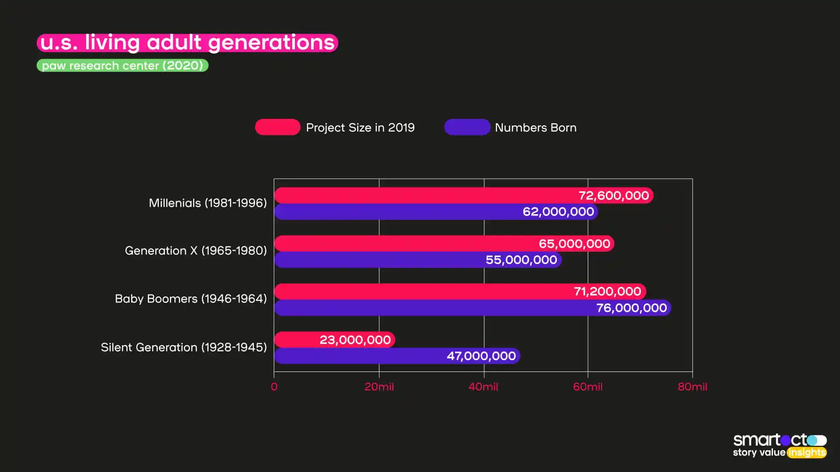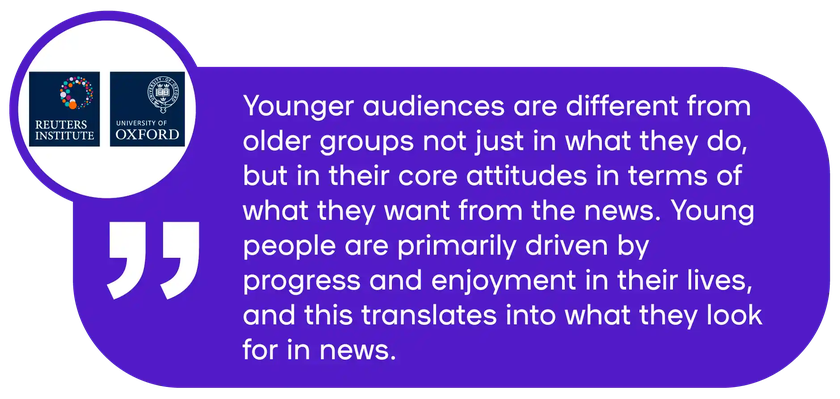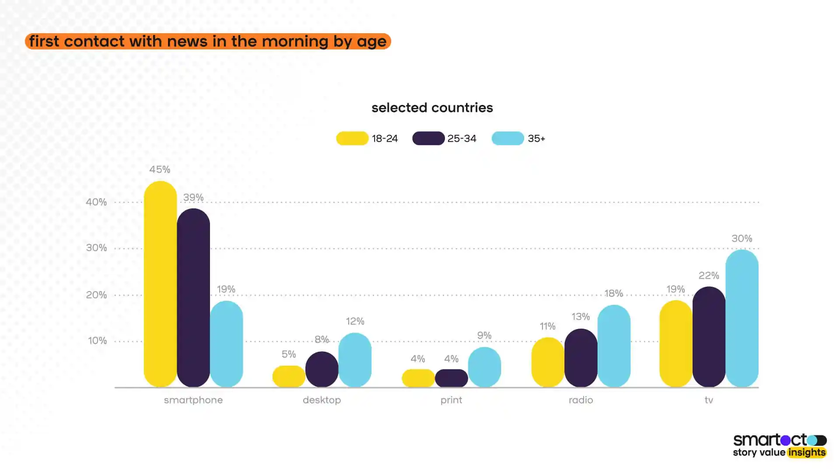Reaching the 'impossible generation'
Millennials and news consumption: a topic that always sparks a heated debate among those in the (online) publishing industry – and for good reason.
Standpoints on the topic vary. Some believe this generation consumes as much news as their parents – but simply on different channels. A recent survey in the United States showed that millennials are regular news consumers who rely on journalism for information, entertainment, and guidance on how to vote.
Others believe that this ‘digital’ generation just isn’t interested in news stories at all – or at least not to the extent of previous generations. A recent article in The Washington Post reported that young adults spend loads of time on their smartphones, but hardly check any news apps (citing a Reuters Institute survey of UK and USA youngsters).
It’s a worrisome issue: if news organisations struggle to strike the right tone to entice this generation now, what’s going to happen down the line? We reckon it’s worth taking a moment to unpack all this.





